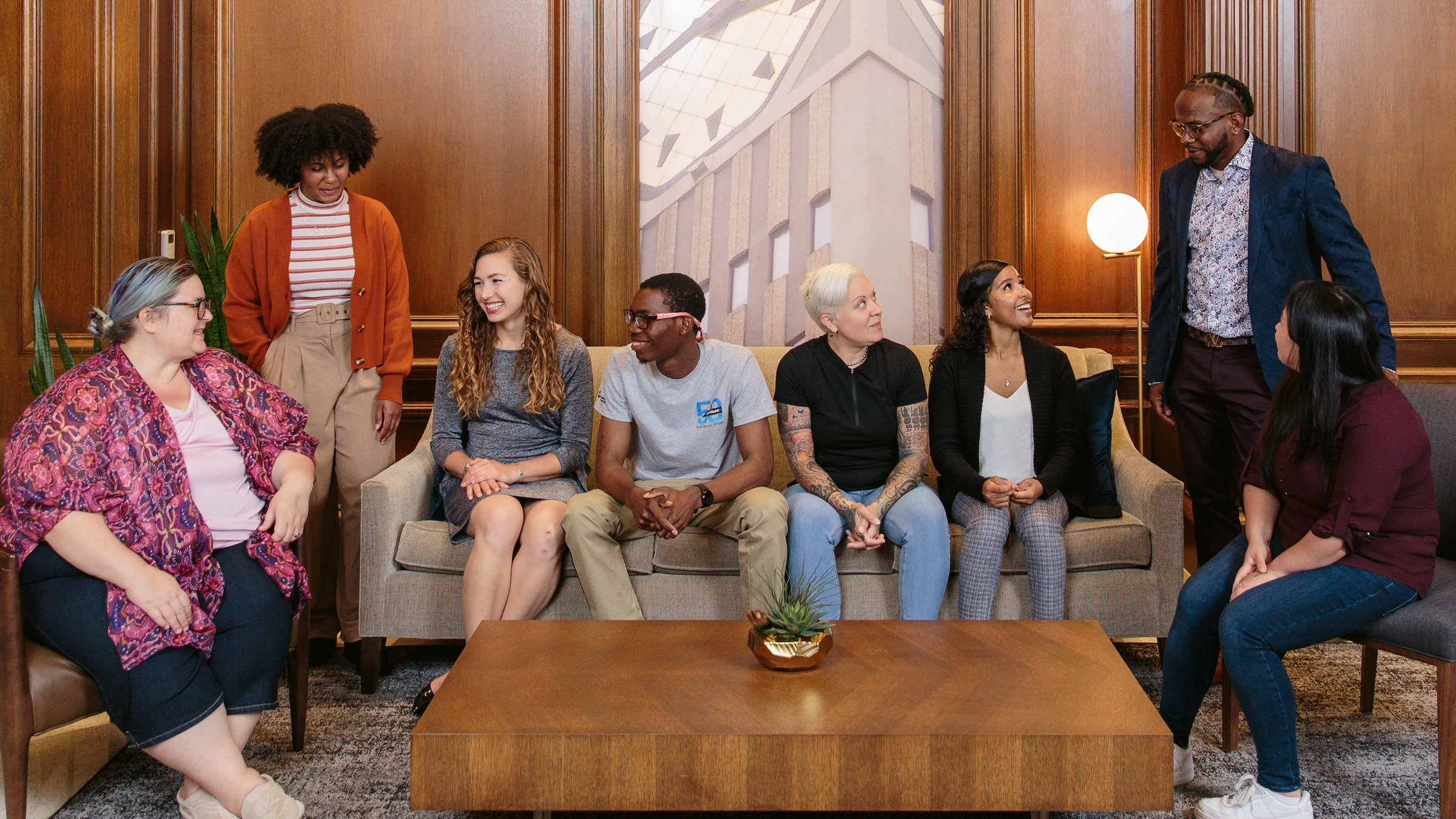If you’ve carried a banner at a rally, placed a sign on your lawn or a sticker on your window calling out your support for a cause or a group, those things all show your support but none of these actions make you an ally.
What does?
Allyship is an active and consistent effort to use your privilege and power to support and advocate for people with less privilege.
As an ally, you might do much of your work in the background, quietly and often without accolade or recognition. Much like what this group discusses here in one of our Bold Conversations panel discussions: It Starts with You: What Being an Ally at Work Really Looks Like.
Inclusive, Equitable Workplace Needs Allies
If you want a workplace that values diversity, equity and inclusion, you can be part of that foundation – as an ally. An ally advocates for a marginalized group and takes on their struggle as their own.
Here’s the thing: you simply cannot call yourself an ally. Allies are defined by their actions. Small, everyday acts of allyship can make a big difference.
Ally is a verb. Being an ally means action.
You can support a marginalized group yet not be an ally when your work stops at words.
When an underrepresented group is doing the work to create change, the group needs you to help reach critical mass, to make space at the table, to support getting decision-makers in roles of influence.
The difference between being a supporter and being an ally is similar to being a mentor versus being a sponsor. A mentor is a powerful role – modeling behavior, offering guidance, listening. A sponsor takes that a step further, bringing your name up in discussions for new opportunities and expanded roles, advocating for you and staking their professional reputation on you and your abilities. They have an investment in your success.
You can be a mentor, and give advice to underrepresented people, or you can be a sponsor who creates change.
Six Things Allies Do
Allies help to uncover workplace inequities in everyday interactions, and change workplace norms and expectations in hiring, recognition and sponsorship. Allies:
- Listen, refrain from assumptions, and ask what they can do to support a marginalized group.
- Make small things matter. You hear a joke in the cafeteria and instead of walking by you stop and say that this kind of behavior is not acceptable for the type of work environment that we want.
- Self-educate. Do not ask an underrepresented group to do the work for you.
- Join an employee resource group focused on underrepresented employees drawn together by characteristics they hold in common. Be curious. Learn.
- Work to understand what you can do in the spirit of allyship with the intent of action.
- Are genuine in their actions. Allyship is not a resume builder.
Each instance of allyship is unique and personal. The goal always is to bring an unrepresented group up, create a shift in behavior and drive equity in culture. The people who can do that are at the decision-making and hiring tables, and they are more likely to notice when there are larger numbers of employees behind the work.
Active Allyship Framework
Culture is made up of every person in the company.
You have power when you can influence and make decisions that impact others. You have privilege when you enjoy the advantages and benefits of a group. For example, I enjoy the privilege of growing up with two parents who are college graduates, who could help set an education path for me.
Power and privilege exist in every workplace. As an ally, you can:
- See your privilege
- Own your positional power
- Identify inequities at work
- Consider actions to take
Allyship actions include creating and facilitating more inclusive meetings, and prioritizing inclusion in your work product. Take the time to reflect on how bias might show up in your work. Use inclusive language. Communicate your values. Set diversity, equity and inclusion requirements for partners, vendors and supplies. Include equity and not just inclusion in your definition of success.


